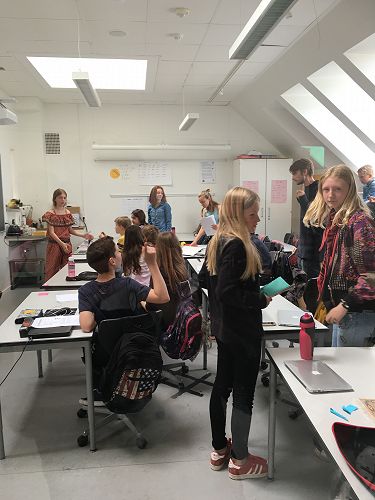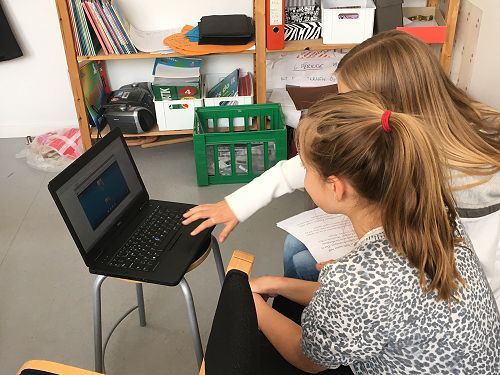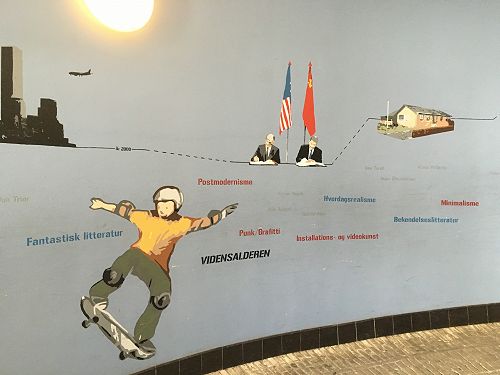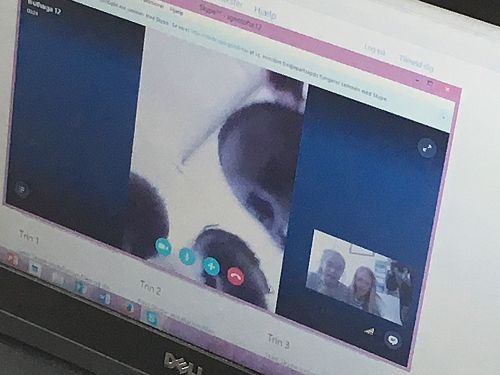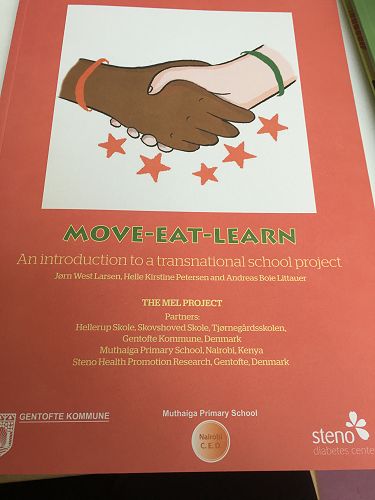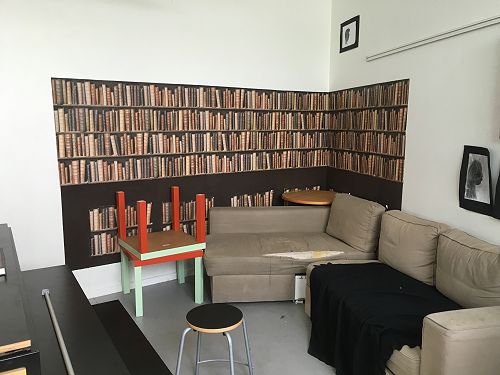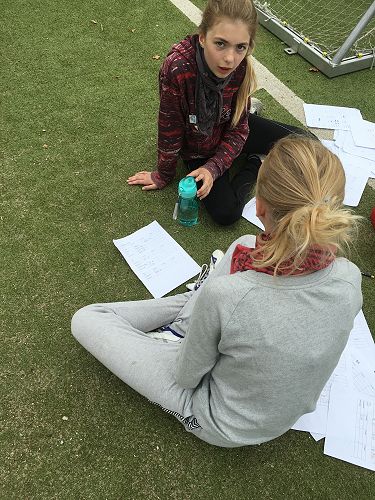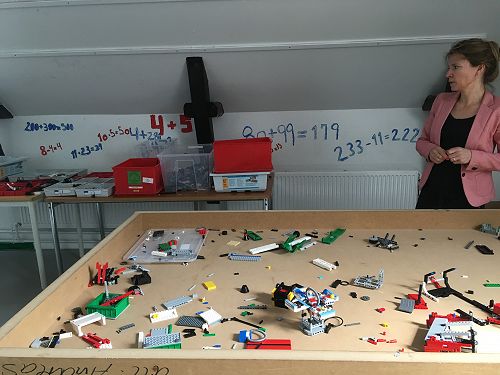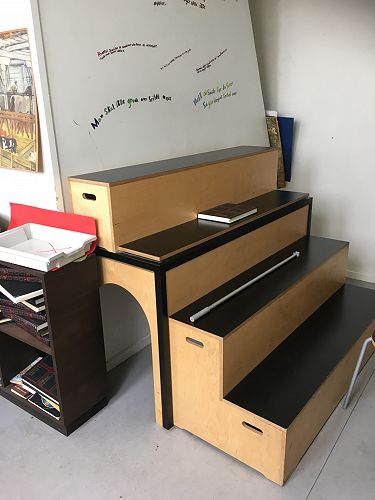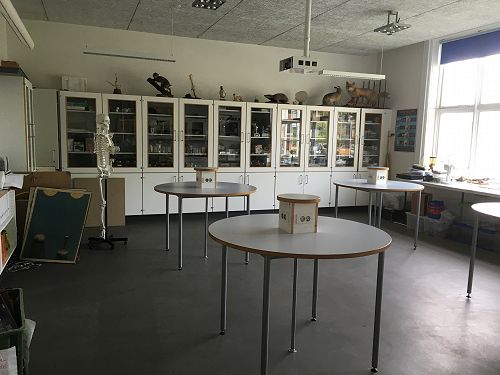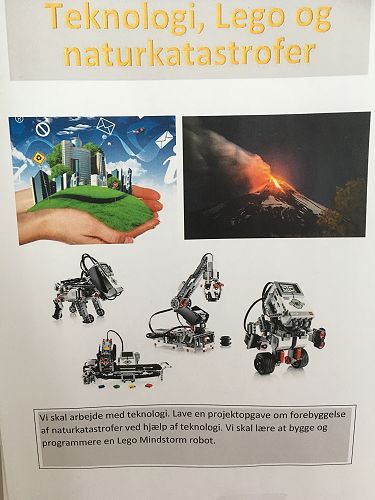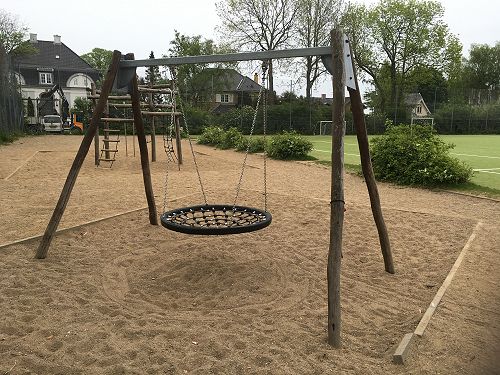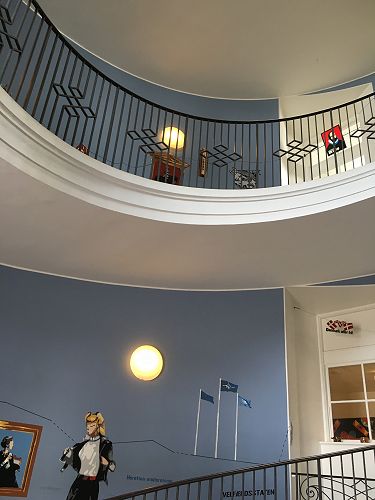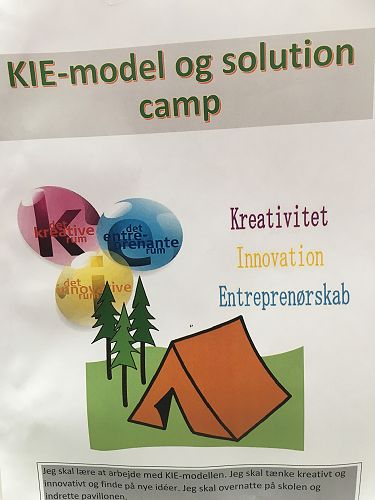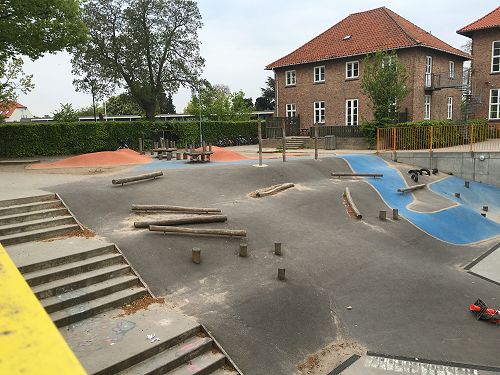
Case study: Skovshoved School
Skovshoved School in Charlottelund, Copenhagen, Denmark caters for learners from Year 0 (the year they are turning 6 years) through to Year 9 (15-16yrs)
The school operates in three sections:
Year 0- 3
Year 4-6
Year 7-9
Children are taught in straight Year group classes.
This is a high socio economic area and the school is well established with a long tradition and good reputation in the community.
I was fortunate to spend the day with a Year 5 teacher coordinator- Lise Lotte Dagger. While Lise Lotte in effect coordinates the activities and planning for this group of teachers, she does not have a formal leadership role.
Middle school leadership roles are an unfamiliar phenomenon in Denmark. There is a strong belief that all teachers are of equal standing and to hold a “leadership” role or be acknowledged for the work you do in this way, is “undanish”. It is not appropriate to talk about things you do well or excel in. This mindset therefore creates the belief that you can not be a leader of colleagues you then work alongside of. It appeared to me that the fundamental belief is that leadership is seen as hierarchical and a position of power rather than being seen as a verb and a behaviour we can adopt, as we often equate it with in NZ.
The concept of distributive leadership was one that many teachers I spoke with had not really encountered before, and could see no place for in the Danish way.
Lise Lotte has been at the school a number of years and during this time has worked at introducing a project based approach to teaching to encourage collaboration between the subject specialists who teach in Year 5. This is not common practice in the school and can be hard to sustain when teachers leave her team. However, when I spoke to a new teacher to the area, he could see the benefits to working together in thematic ways. He did acknowledge though that as a maths teacher he did at times miss the collaboration across year group levels with the other maths teachers, which he was used to in previous teaching roles.
Lise Lotte has worked with her team to develop a shared Vision – Creed for their grade level. Roughly translated it states
We are a creative and dynamic school where students develop skills for life
Where they learn to be able to make the right choices for themselves
· We believe in students feeling safe in school and when they eel safe they take responsibility and initiative to work in more personalised ways.
· We believe personalised learning is best done in authentic environments that give students meaning
o They work in practical ways
o They develop social and personal competencies through different social structures (straight gender, year group, home group, smaller mixed groups)
This creed is displayed in their teacher’s work room and is their guiding vision of what they are trying to achieve in their work together. It has been developed by and for the Y5 teachers and their work. This work hasn't been done as a whole school, so as you move to another Year you observe different ways of working.
In Year 5, Lise Lotte creates the teaching schedule with the other 4 teachers each week based on the thematic topic and the subject areas that need to be covered off within the topic area.
In this way the hours each teacher may work are flexible from week to week, depending on what subject area may have greater focus at this time in the plan.
At this time of the year (May) the teams are looking at the learning objectives and in her team’s case, the themes they may want to use to integrate learning in 2017.
They look at 8 topics and map out where they may focus on them over the school year.
3-4 weeks before they start to teach a particular the topic, they explore, in more detail, what the learning will look like, what field trips they might want to do and how each subject area may (or may not) fit into the topic.
All teachers have 2-3 specialist teaching areas but they are able to teach in all subject areas until the 7th Year when teaching is highly specialised. However most Danish teachers prefer to teach in their specialist areas.
In their team, one teacher is an English specialist, one is a math specialist and one is Danish specialist. They teach their specialist subjects to all the 75 children at different timetabled slots in the week. These are considered the core aspects of the curriculum. However, in the minor subjects, they teach these together or interchange who will take these lessons.
Here they are working to ensure they are not teaching a solely knowledge based curriculum. When they plan the themes they look at how they can build in the strategies of “learning how to learn”.
The teachers try to work fluidly across the three classes- they all teach all classes in their specialist subject, and in the minor ones, may break them up into different groups; split boys/ girls for more gender targeted teaching, work in home groups or across the grade in smaller groups. They see themselves as a Year level group not as separate classes, even though the spaces they work in are individual classes. Because they do have access to corridors and smaller spaces (including the teachers room) children will often break off into smaller project groups or alone to find an appropriate place to work, or to remove themselves from distraction.
The municipality or commune provides all schools in their area with an online platform “Our Education”, a student learning data base and management system.
Here the goals from the curriculum for each subject can be accessed and shared with parents. Teachers select what goals they might be working on over a period of time and translate these into their learning goals, advertising them so parents know the big ideas the students are exploring.
These same goals are then “assessed” in ticky box form to show how well the children mastered them and a one sentence comment is written too, co constructed with the child. This forms the report that parents can access. All of this recording of information is done in a few minutes with the child sitting beside the teacher. There is no formal paper report produced. The teachers use face to face, parent teacher conferences, 2-3 times a year to report on children’s progress in more depth.
Across Denmark the government has mandated that all schools will introduced “Visible Learning”. Many jurisdictions are using Cognition consultants and an English based arm of he business to support them. Lise Lotte, has a role as a coordinator of this new professional learning and for this role she does receive less teaching hours.
Danish teachers are ‘face to face’, teaching students on average about 21 hours a week out of a 40 hour working week. The rest of the time is used for meetings (school team, grade team, parent meetings) planning and preparation.
Since the “reform” when all Danish teachers were locked out of their schools for a month (unpaid) teachers in Denmark have been told they need to remain at school to fulfil their work commitments of a mandated 40 hours a week. Teachers are told they are not allowed to work at home. This action was motivated by a belief that some teachers were only at school for their 20-21 face to face teaching and then leaving and not ensuring they were fully prepared. However this draconian decree has somewhat backfired on the Ministry as many teachers in fact worked far more that the suggested hours and are now choosing to ‘work to rule’.
Gallery
